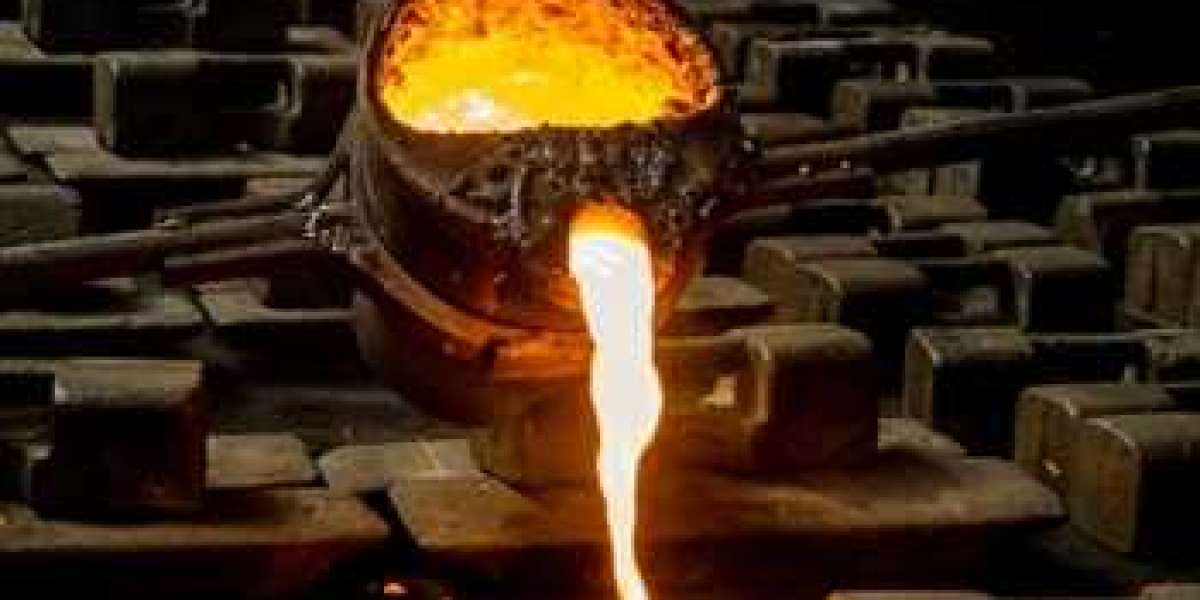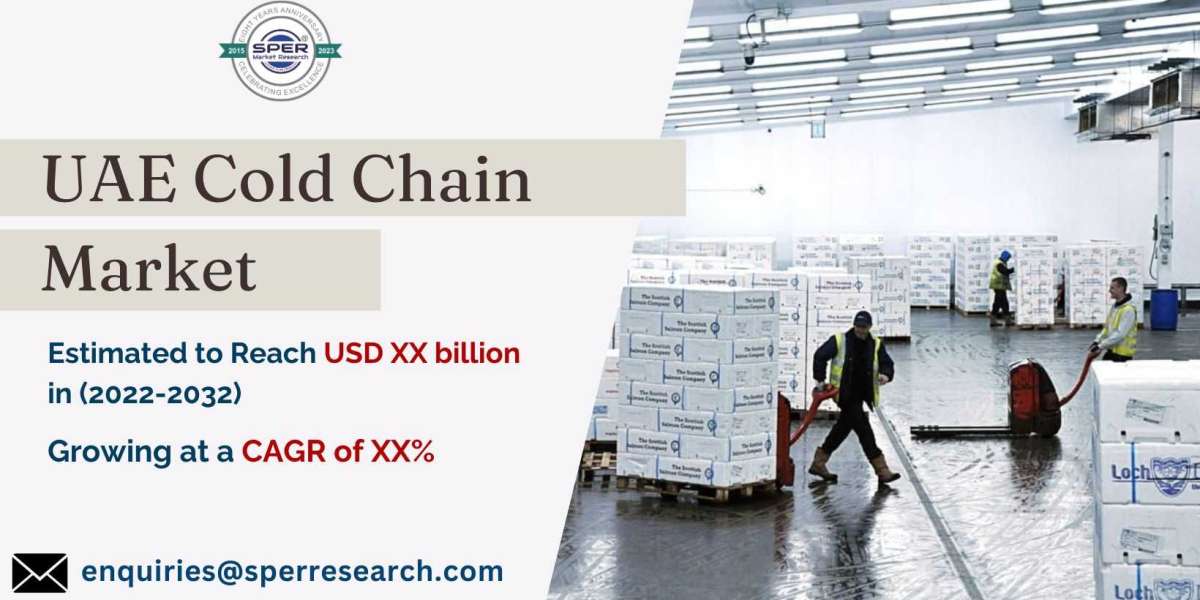Ductile iron castings play a crucial role in various industries due to their exceptional strength, ductility, and cost-effectiveness. Whether you're a seasoned professional or new to the field, understanding the fundamentals of ductile iron castings is essential for producing high-quality components. In this guide, we'll delve into the intricacies of ductile iron casting processes, properties, applications, and best practices.
1. Introduction to Ductile Iron Castings: Ductile iron, also known as nodular or spheroidal graphite iron, is a type of cast iron containing graphite nodules within its microstructure. These nodules give ductile iron its unique properties, such as improved ductility, toughness, and machinability compared to traditional gray iron.
2. Ductile Iron Casting Processes:
- Sand Casting: The most common method for producing ductile iron castings involves sand casting, where a mold cavity is formed by compacting sand around a pattern, then molten iron is poured into the cavity.
- Centrifugal Casting: Suitable for cylindrical components, centrifugal casting involves rotating a mold at high speeds while pouring molten metal, resulting in a denser casting with improved mechanical properties.
- Continuous Casting: This method involves pouring molten metal into a continuously moving mold, resulting in long, continuous sections of ductile iron.
3. Properties of Ductile Iron:
- High Strength: Ductile iron exhibits high tensile strength, making it suitable for applications requiring robust components.
- Good Machinability: Compared to other cast metals, ductile iron is relatively easy to machine, allowing for precise shaping and finishing.
- Excellent Ductility: Ductile iron can deform significantly before fracture, making it ideal for components subjected to dynamic loads and vibrations.
- Corrosion Resistance: Properly alloyed ductile iron can resist corrosion, extending the lifespan of components in harsh environments.
4. Applications of Ductile Iron Castings:
- Automotive Industry: Ductile iron is widely used in automotive applications, such as engine blocks, crankshafts, and suspension components, due to its high strength and durability.
- Construction: In construction, ductile iron is used for structural components like beams, columns, and pipes, thanks to its excellent mechanical properties and resistance to deformation.
- Machinery and Equipment: Various machinery and equipment, including pumps, valves, and gears, rely on ductile iron castings for their reliability and performance under demanding conditions.
5. Best Practices for Ductile Iron Casting:
- Proper Alloy Selection: Selecting the right alloy composition is crucial to achieving desired mechanical properties and performance.
- Optimized Casting Design: Designing the casting with consideration for feeding systems, gating, and risers helps prevent defects and ensures uniform properties.
- Strict Quality Control: Implementing rigorous quality control measures throughout the casting process ensures consistency and reliability in the final product.
Mastering ductile iron castings requires a combination of theoretical knowledge, practical skills, and attention to detail. By understanding the casting processes, properties, applications, and best practices outlined in this guide, you'll be well-equipped to produce high-quality ductile iron components for a wide range of industries.



